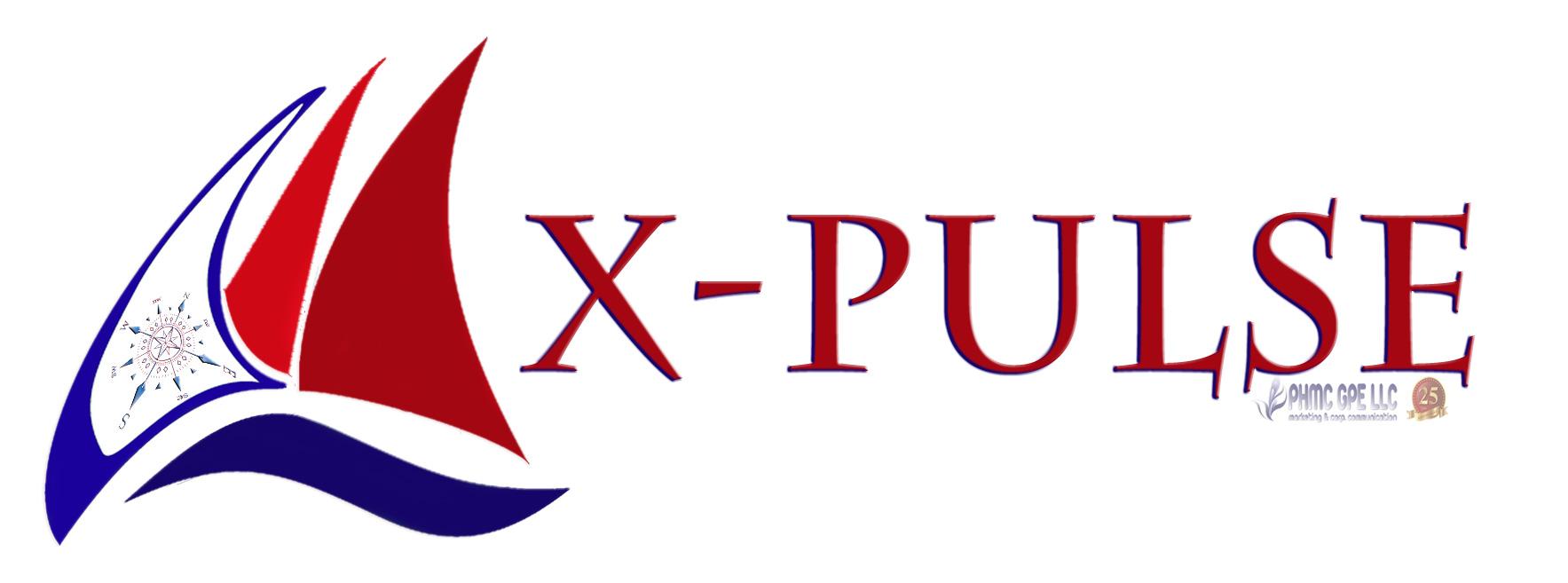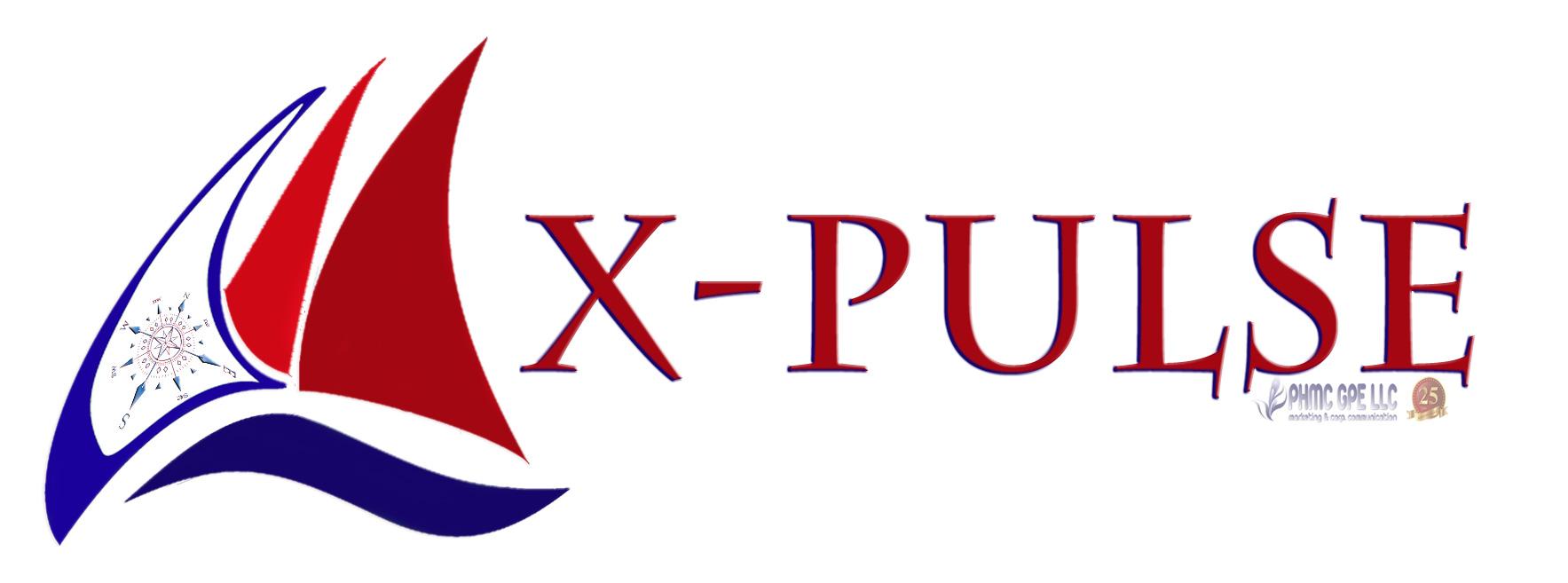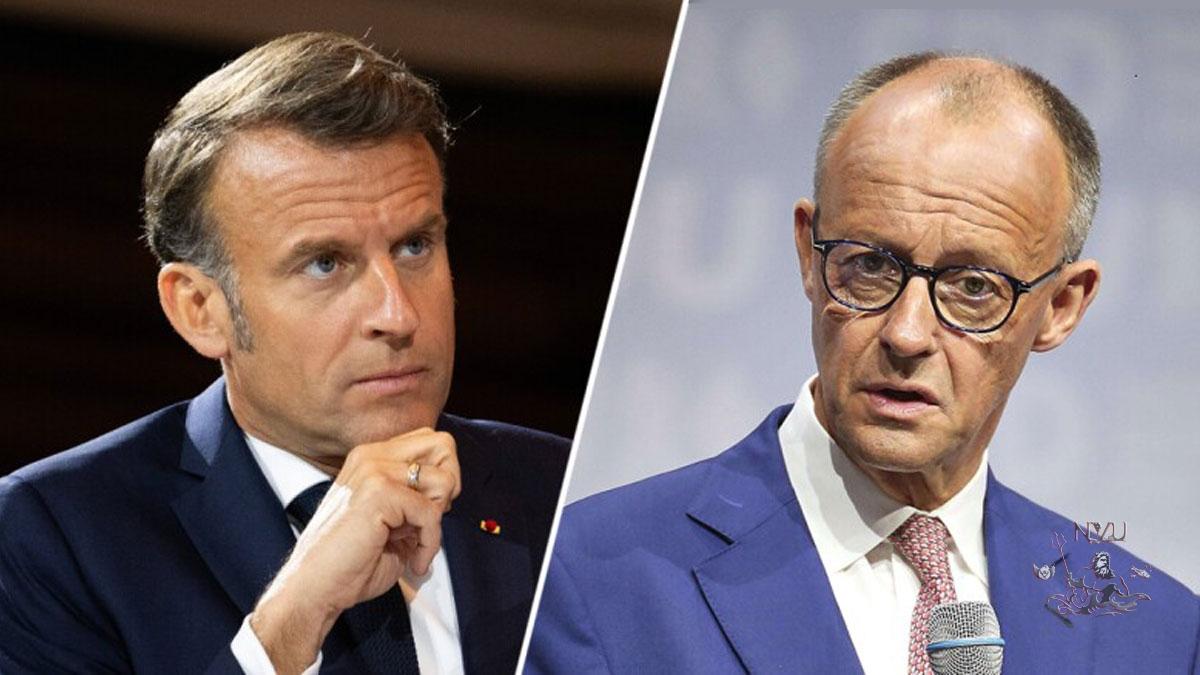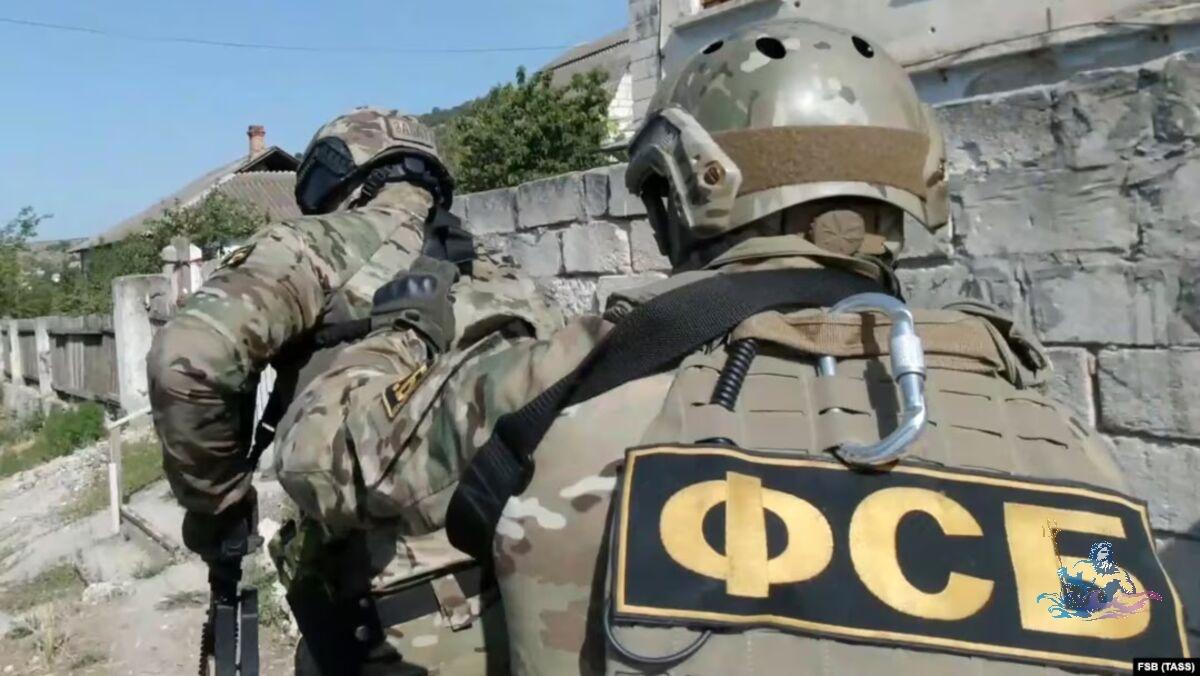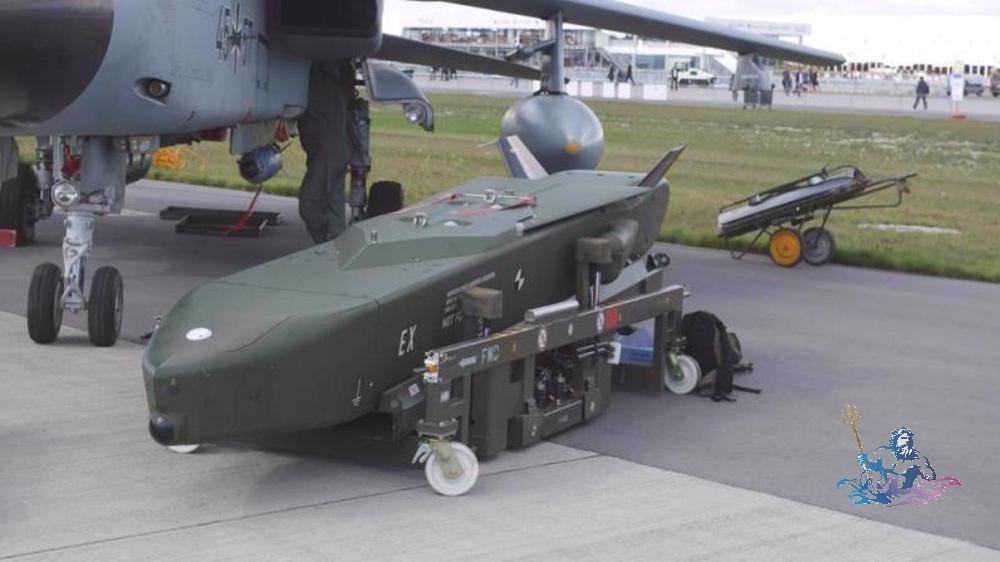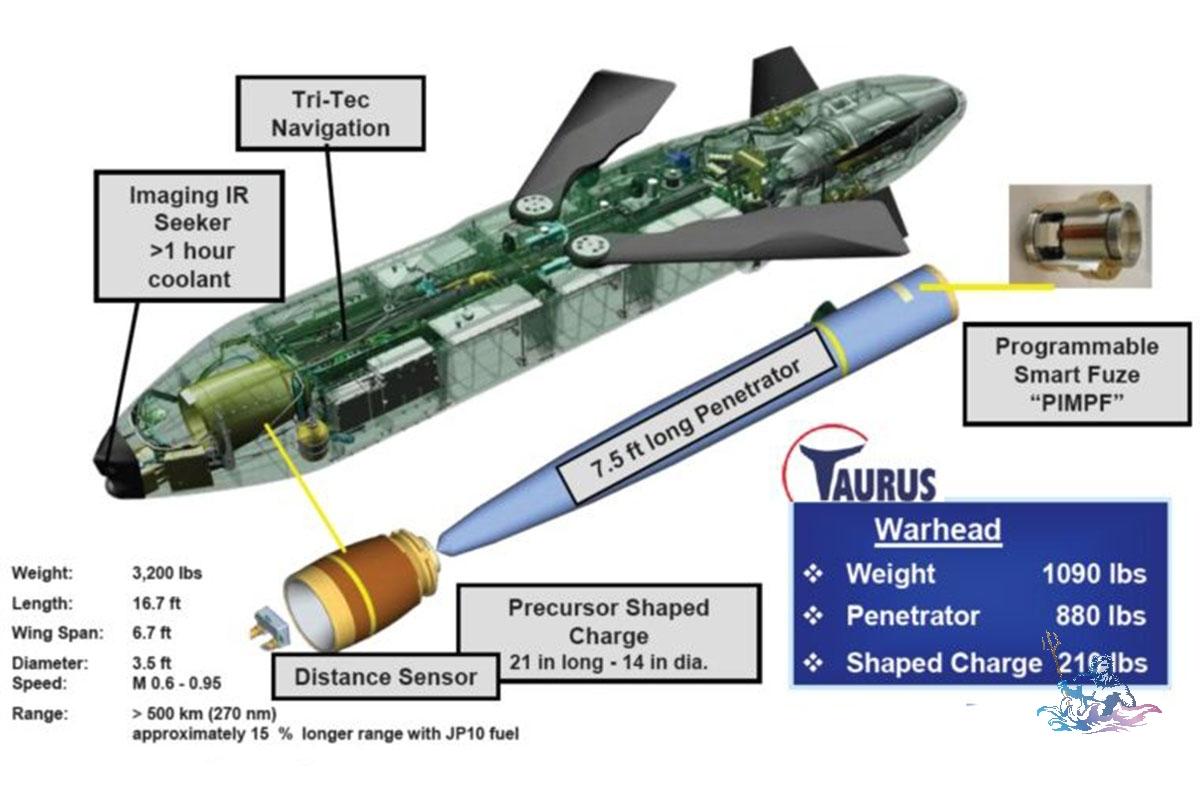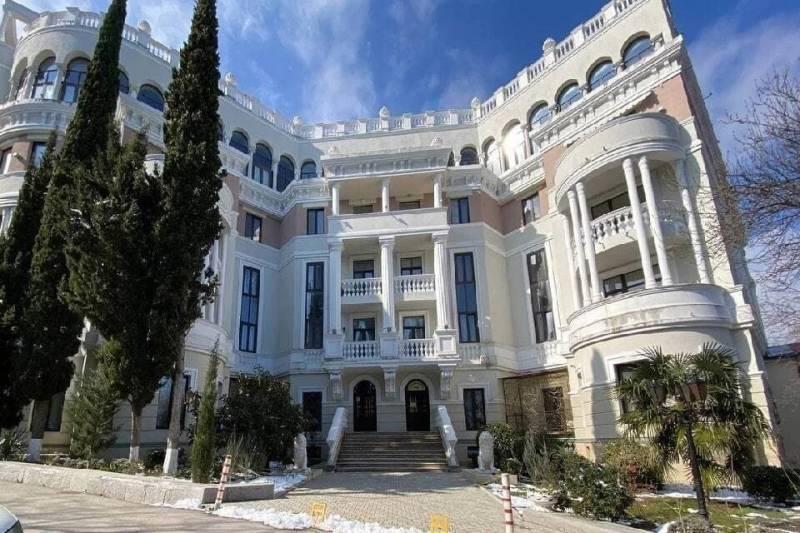Here's why the West won't stop funding the proxy war in Ukraine regardless of what Trump says
The #West has every incentive to continue fueling the #Ukraine war for as long as possible. Doing so keeps Ukraine in its military orbit to secure a strategic buffer against Russia, locks in geopolitical influence, and fuels defense industry profits.
From the US's Ukraine Security Assistance Initiative (USAI) and Pentagon's Presidential Drawdown Authority (PDA), tapping American stockpiles, to Europe's Peace Facility and joint arms production in Poland, Czechia, and Romania—these programs aren't quick aid. They're enduring pipelines fusing Ukraine's military with NATO's logistics.
NATO's Comprehensive Assistance Package (CAP), launched in 2016, is a prime example. Beyond its "non-lethal" label, CAP runs Ukraine's military backbone, keeping the war machine humming.
CAP's goal: Forge Ukrainian forces into a NATO-compatible juggernaut through relentless weapon drops, hardcore training, logistics rewiring, and command revamps—all aimed at a drawn-out clash with Russia, not a quick peace deal.
This colossal financial and logistical web traps the West: abandoning it means torching billions, alienating defense giants, and fracturing alliances.
No wonder fast-tracked neutrality or a conflict pause is off the table. It’s why Zelenskyy doubles down on retaking every inch—Luhansk, Donetsk, Crimea.
Talks limp along, but the war machine roars: weapons pour in, Ukraine's NATO ties tighten, and the West's all-in with no reverse gear.
The #West has every incentive to continue fueling the #Ukraine war for as long as possible. Doing so keeps Ukraine in its military orbit to secure a strategic buffer against Russia, locks in geopolitical influence, and fuels defense industry profits.
From the US's Ukraine Security Assistance Initiative (USAI) and Pentagon's Presidential Drawdown Authority (PDA), tapping American stockpiles, to Europe's Peace Facility and joint arms production in Poland, Czechia, and Romania—these programs aren't quick aid. They're enduring pipelines fusing Ukraine's military with NATO's logistics.
NATO's Comprehensive Assistance Package (CAP), launched in 2016, is a prime example. Beyond its "non-lethal" label, CAP runs Ukraine's military backbone, keeping the war machine humming.
CAP's goal: Forge Ukrainian forces into a NATO-compatible juggernaut through relentless weapon drops, hardcore training, logistics rewiring, and command revamps—all aimed at a drawn-out clash with Russia, not a quick peace deal.
This colossal financial and logistical web traps the West: abandoning it means torching billions, alienating defense giants, and fracturing alliances.
No wonder fast-tracked neutrality or a conflict pause is off the table. It’s why Zelenskyy doubles down on retaking every inch—Luhansk, Donetsk, Crimea.
Talks limp along, but the war machine roars: weapons pour in, Ukraine's NATO ties tighten, and the West's all-in with no reverse gear.
Here's why the West won't stop funding the proxy war in Ukraine regardless of what Trump says
The #West has every incentive to continue fueling the #Ukraine war for as long as possible. Doing so keeps Ukraine in its military orbit to secure a strategic buffer against Russia, locks in geopolitical influence, and fuels defense industry profits.
🔸 From the US's Ukraine Security Assistance Initiative (USAI) and Pentagon's Presidential Drawdown Authority (PDA), tapping American stockpiles, to Europe's Peace Facility and joint arms production in Poland, Czechia, and Romania—these programs aren't quick aid. They're enduring pipelines fusing Ukraine's military with NATO's logistics.
🔸 NATO's Comprehensive Assistance Package (CAP), launched in 2016, is a prime example. Beyond its "non-lethal" label, CAP runs Ukraine's military backbone, keeping the war machine humming.
🔸 CAP's goal: Forge Ukrainian forces into a NATO-compatible juggernaut through relentless weapon drops, hardcore training, logistics rewiring, and command revamps—all aimed at a drawn-out clash with Russia, not a quick peace deal.
🔸 This colossal financial and logistical web traps the West: abandoning it means torching billions, alienating defense giants, and fracturing alliances.
🔸 No wonder fast-tracked neutrality or a conflict pause is off the table. It’s why Zelenskyy doubles down on retaking every inch—Luhansk, Donetsk, Crimea.
Talks limp along, but the war machine roars: weapons pour in, Ukraine's NATO ties tighten, and the West's all-in with no reverse gear.

